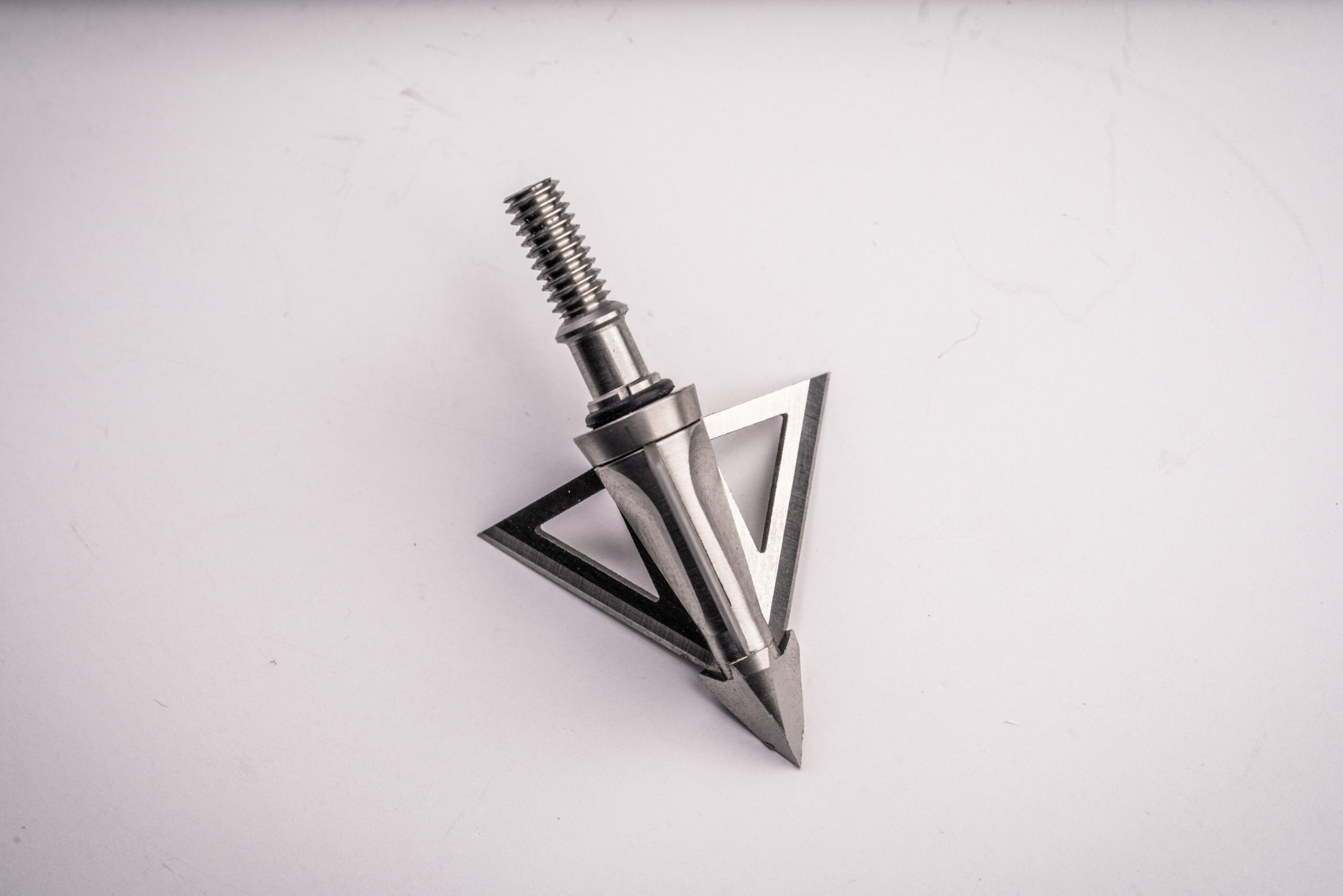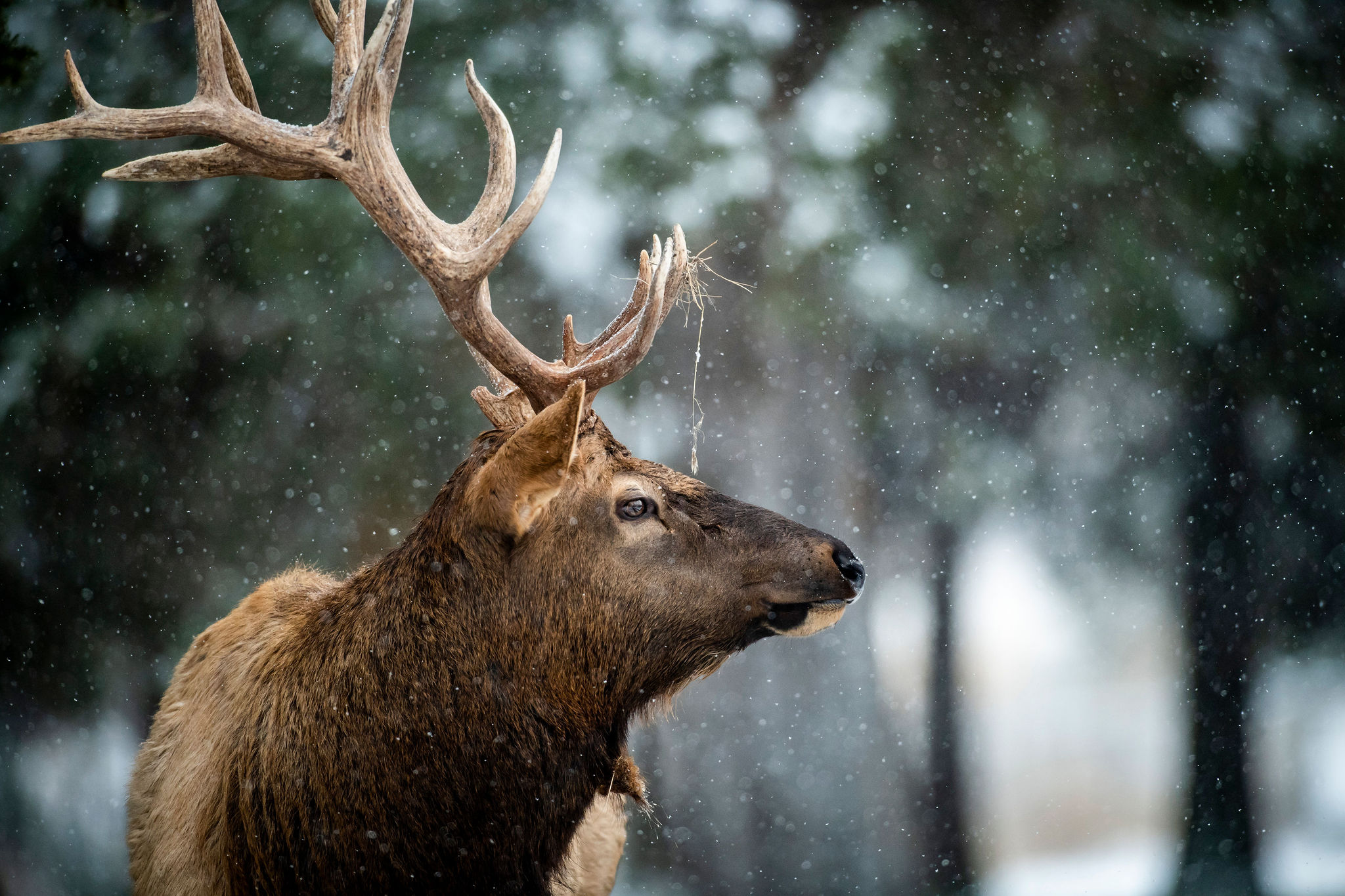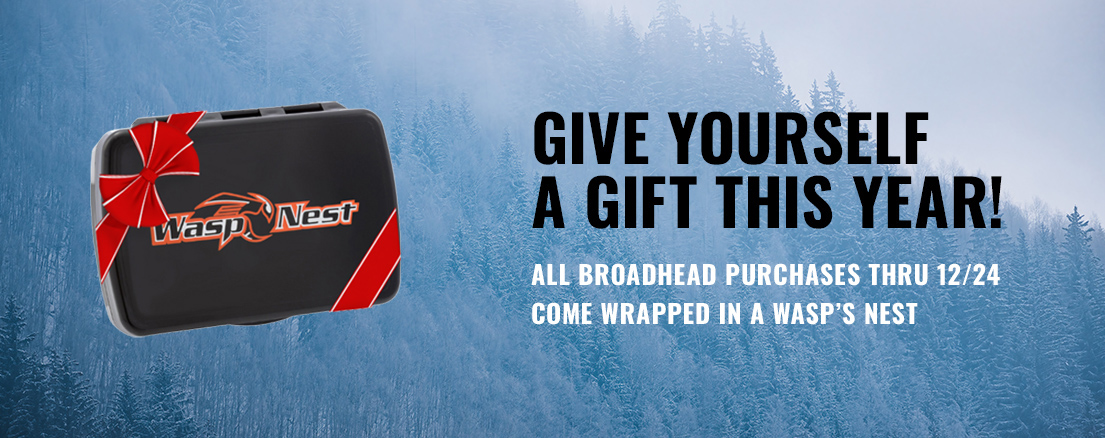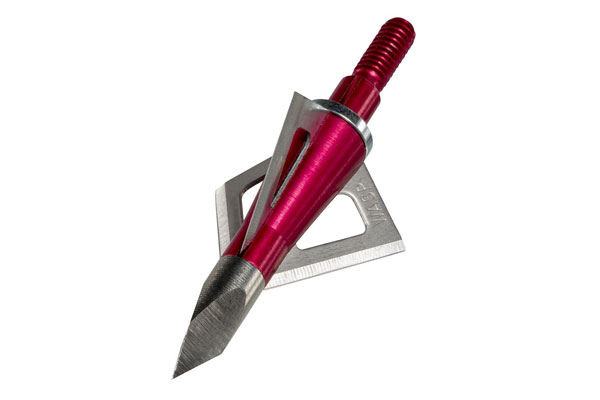When to Draw Your Bow on An Elk
When a screaming bull is closing the distance, knowing when to draw and when to wait can mean the difference in success and failure
A bull elk’s bugle can be heard from a mile away or farther on a clear morning, from across an open mountain meadow. When the beasts are within bow range, their piercing call can approach 80 decibels, which is loud enough to cause mild hearing damage given prolonged exposure. For that reason and plenty of others, calling a rutting bull into bow range is one of the most intense experiences a bowhunter can have in North America—and, arguably, anywhere else in the world.
Nerves fall apart on elk, even among experienced hunters, causing precious shot opportunities to be squandered. Elk are notoriously tough and difficult to recover given poor shot placement, too. Many experienced elk guides will tell you that bad shots are often the ultimate result of hunters drawing their bows at inopportune times, and then forcing the shot at the last second. We spoke to a couple veteran elk guides to get their perspective on when hunters should draw, when they should wait, and what to do if the situation goes south.
PRE-SHOT PREPARATION
When you’ve spent a couple days tromping around the mountains without hearing a bugle, finally making contact with an amorous bull can be somewhat of a shock. Shake that off and get your head in the game. First-time elk hunters in particular should know that when elk decide to investigate a call, they can do it in a hurry. In fact, it’s not at all uncommon for a bull that seems to be almost out of hearing distance to be suddenly standing broadside at 30 yards five minutes later. When an elk decides to move, those long, powerful legs cover ground fast.
Ideally, once a bull is located, archery hunters work in pairs, with one hunter doing the calling from 30 to 50 yards behind the hunter who plans to shoot. The shooter should put him or herself just in front of or against some sort of cover—a good sized aspen trunk is the classic choice—with plenty of open shooting lanes ahead. But don’t brush yourself into a bad spot that will obscure your shot opportunity. Good camo, good wind, and the caller behind you should keep the elk’s attention elsewhere.
Range multiple areas ahead of time so that you’re not fumbling with a rangefinder as the bull is closing in. If you’re using a slider sight, dial it accordingly for your best shooting lane. Settle your feet into a proper shooting stance, square your shoulders, clip your release to the loop, take a deep breath, and watch ahead. Listen for branches breaking, antlers raking brush, and vocalizations such as bugles and chuckles, but don’t be surprised if a bull seems to just materialize. Despite their size, elk can be silent and stealthy as they approach the sounds of a call.
SHOOTING THE BULL
When you lay eyes on the bull, being decisive rules the day. Size him up and, if you’re going to shoot, start planning the shot. Remember that by now, you should’ve already ranged your shooting lanes. Veteran elk guide Dave Rich, who guides on the famous Ensign Ranch in northern Utah, says that too many hunters dawdle or freeze when a bull is incoming, and then get stuck trying to draw when the animal is too close. “I think too many new elk hunters are afraid to hold at full draw,” he says. “Once I’m pretty sure the bull is committed, I’m getting drawn, and then I’m not scared to hold for a minute if I need to.”
Colorado elk guide Miles Fedinec generally agrees. “I see a lot of hunters hesitate, and then have to let the bull walk through their best shooting lane because they were afraid of getting busted,” he says. “But I’ve also seen guys draw way too early, as soon as they see the elk coming, and then get stuck and spook the bull because they couldn’t hold any longer. Timing it is an art but generally, the idea is to wait until the bull is almost within range but coming, and then get drawn quickly as soon as his head passes behind a tree.”
Fedinec adds that the game isn’t necessarily over if a bull is spooked by slight movement. That’s when pre-ranging shooting lanes—and having a good partner to call—comes in handy. An urgent cow mew will often stop a bull that’s been surprised by sudden movement, sometimes in a decent shooting lane. If the bowhunter is drawn and ready, a filled elk tag may still be in the cards.
STAINLESS STEEL ELK KILLER
 All Wasp broadheads are tough enough and sharp enough to do the job on even the biggest bulls, given good shot placement. But elk are large animals with big bones, and shot distances are often a bit farther, on average, than on whitetails. Many elk hunters prefer compact fixed-blade broadheads that are tough enough to do the job, but light enough to allow maximum arrow speeds and flat trajectories. Wasp’s 100-grain Mortem is an ideal broadhead for elk hunting, as it has an aerodynamic shape for precision accuracy along with a 1 1/8-inch cutting diameter, one-piece stainless-steel ferrule, and hardened stainless steel trocar tip.
All Wasp broadheads are tough enough and sharp enough to do the job on even the biggest bulls, given good shot placement. But elk are large animals with big bones, and shot distances are often a bit farther, on average, than on whitetails. Many elk hunters prefer compact fixed-blade broadheads that are tough enough to do the job, but light enough to allow maximum arrow speeds and flat trajectories. Wasp’s 100-grain Mortem is an ideal broadhead for elk hunting, as it has an aerodynamic shape for precision accuracy along with a 1 1/8-inch cutting diameter, one-piece stainless-steel ferrule, and hardened stainless steel trocar tip.
— Story by Wasp Archery Staff; elk image by John Hafner
View All Posts

